
Squirrel tooth marks are small and look like narrow scratches where the animals have removed the tree’s bark. / Photo Credit: Linda Williams, Wisconsin DNR
By Linda Williams, Forest Health Specialist
Linda.Williams@wisconsin.gov or 920-360-0665
If something chewed the bark off your tree, how would you go about determining the culprit?
Quite a few animals can damage bark on trees, from deer and bears to rabbits and mice. But the damage from squirrels and porcupines can look very similar, especially from a distance. So, how can you tell the difference?
Continue reading “Squirrel Or Porcupine Damage: How Do You Know?”

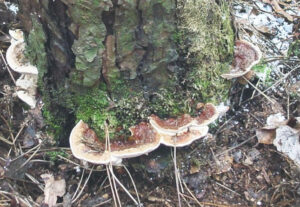
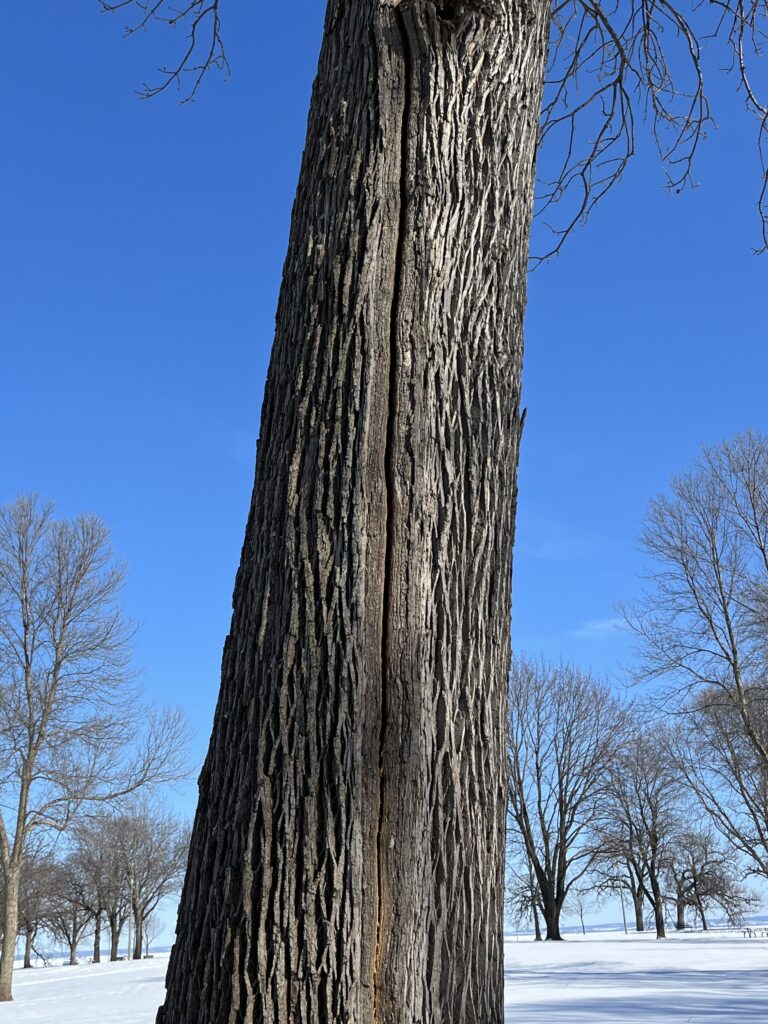 Wisconsin winters with subzero weather can create problems for our trees. Frost cracks are one of those problems we’re seeing an uptick of lately. These longitudinal openings can run the entire length of the trunk, often extend deep into the wood, and permanently damage a tree. In wintertime, the tree may even look like it’s splitting in half! Then warmer weather comes, and the crack seems to close, repeating this process annually. Over time, frost cracks may even develop a raised area where callus tissue develops in an attempt to close over the wound, only to reopen again next winter.
Wisconsin winters with subzero weather can create problems for our trees. Frost cracks are one of those problems we’re seeing an uptick of lately. These longitudinal openings can run the entire length of the trunk, often extend deep into the wood, and permanently damage a tree. In wintertime, the tree may even look like it’s splitting in half! Then warmer weather comes, and the crack seems to close, repeating this process annually. Over time, frost cracks may even develop a raised area where callus tissue develops in an attempt to close over the wound, only to reopen again next winter. 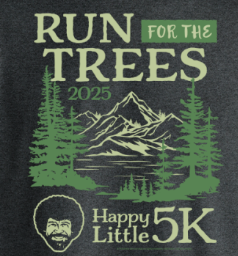 Now is the time to sign up for Run for the Trees: Happy Little (Virtual) 5K! Run, walk or roll to support tree planting and forest protection efforts in state parks. The program was started in 2019 when Bob Ross Inc. partnered with the Michigan Department of Natural Resources to raise awareness of and money for tree planting and has since expanded to 13 states.
Now is the time to sign up for Run for the Trees: Happy Little (Virtual) 5K! Run, walk or roll to support tree planting and forest protection efforts in state parks. The program was started in 2019 when Bob Ross Inc. partnered with the Michigan Department of Natural Resources to raise awareness of and money for tree planting and has since expanded to 13 states. 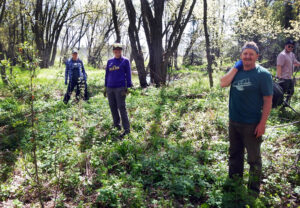
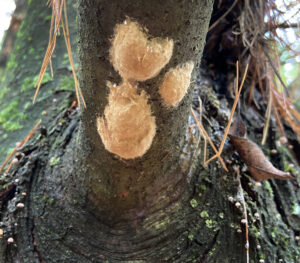
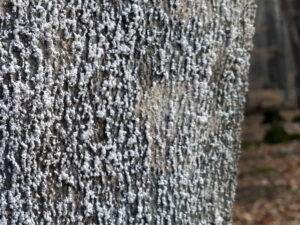
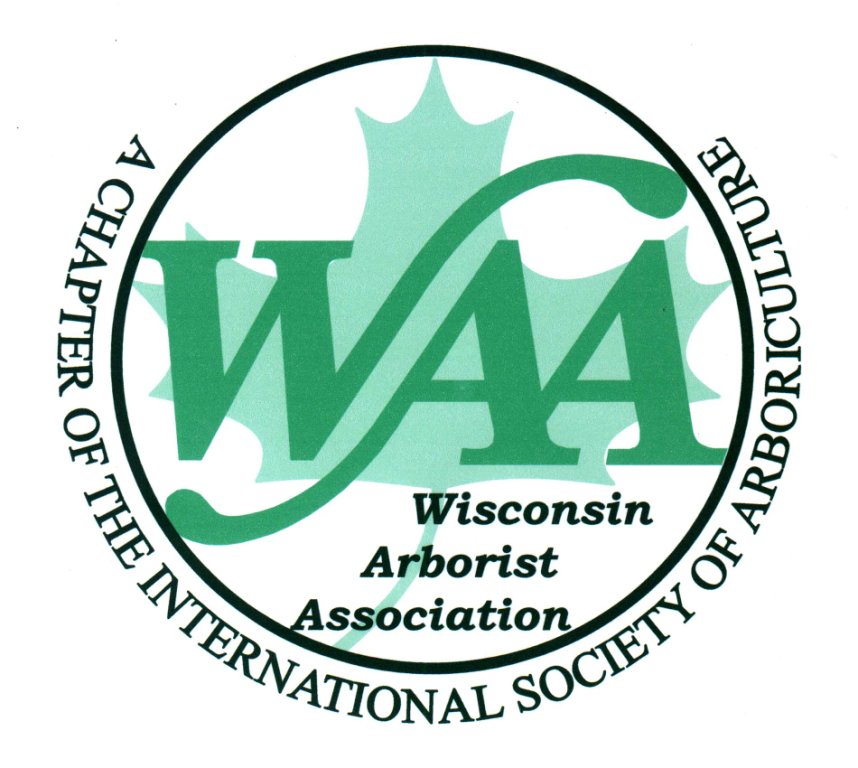 What: 60+ Years of Enhancing the Urban Forests in Wisconsin
What: 60+ Years of Enhancing the Urban Forests in Wisconsin 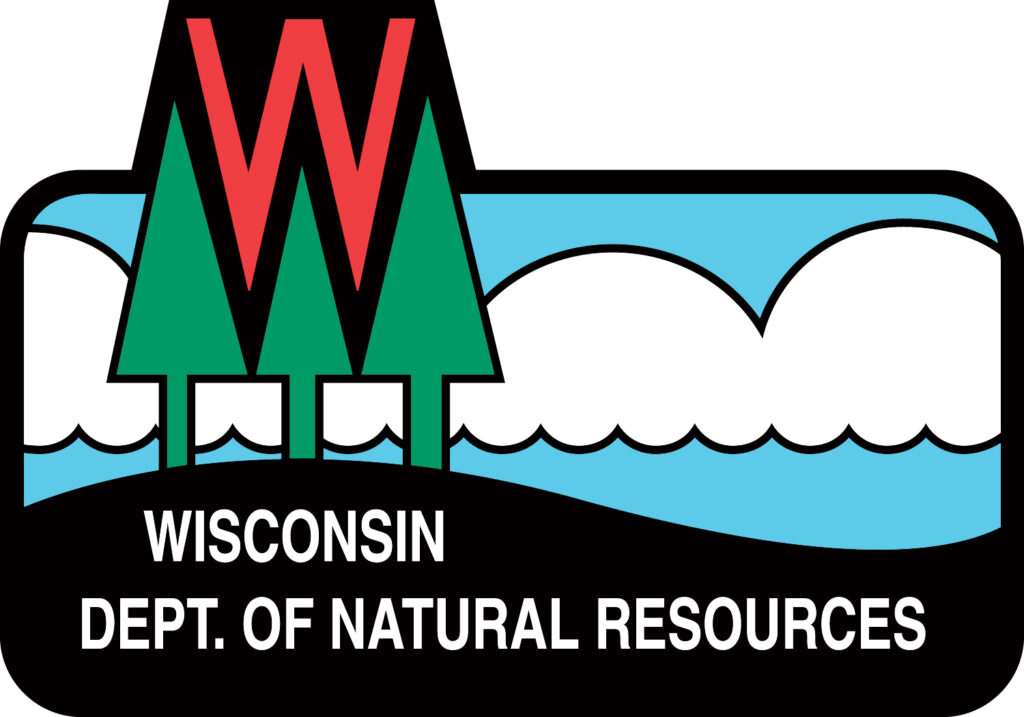
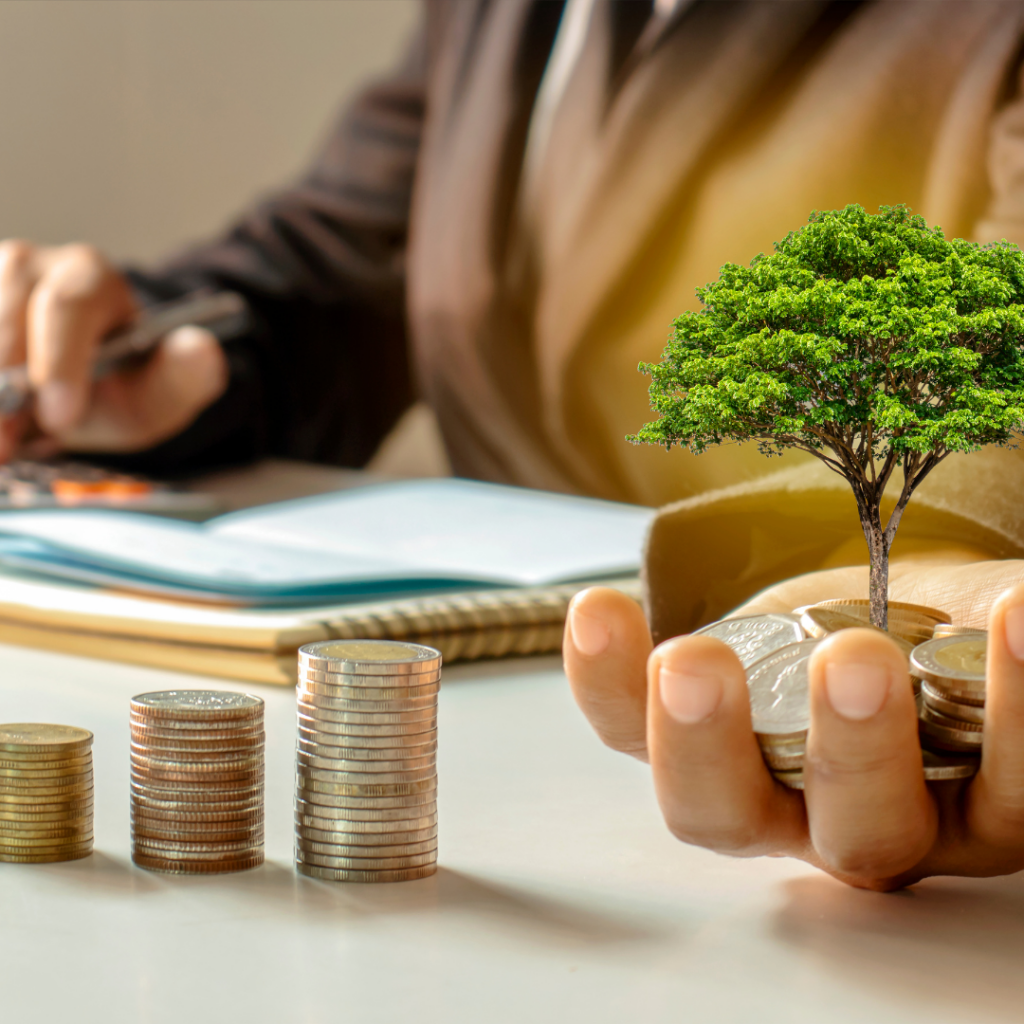 The Great Lake Thriving Communities Grantmaking Partnership will distribute $40 million to organizations working in and for underserved communities throughout the Great Lakes region. All grants will be given to environmental and public health efforts in underserved communities across Region 5 as defined by EPA.
The Great Lake Thriving Communities Grantmaking Partnership will distribute $40 million to organizations working in and for underserved communities throughout the Great Lakes region. All grants will be given to environmental and public health efforts in underserved communities across Region 5 as defined by EPA. 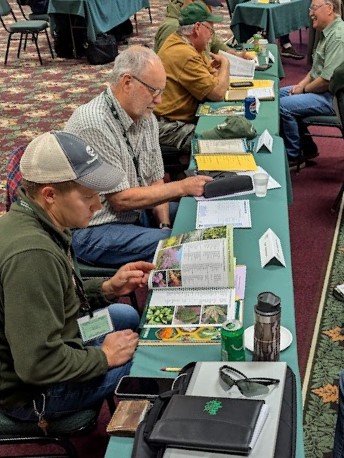 *These training opportunities are provided as an information service only and do not constitute an endorsement from the Wisconsin Department of Natural Resources.
*These training opportunities are provided as an information service only and do not constitute an endorsement from the Wisconsin Department of Natural Resources.